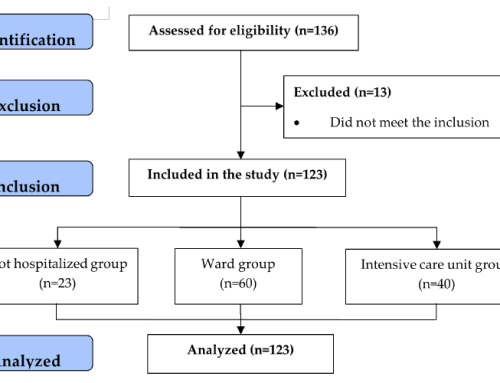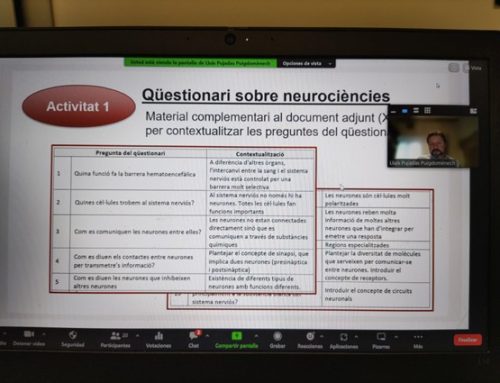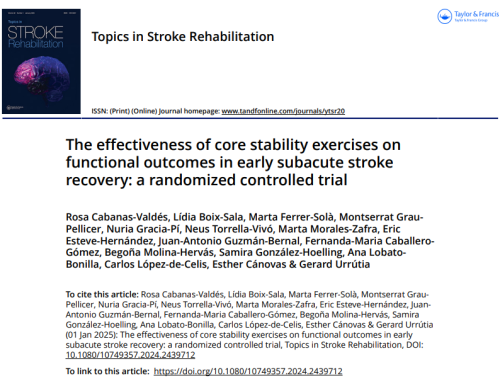ARTICLE. Amélie S.Tora, Xavier Rovira, Anne-Marinette Cao, Alexandre Cabayé, Linnéa Olofsson, Fanny Malhaire, Pauline Scholler, Hayeon Baik, AnnVan Eeckhaut, Ilse Smolders, Philippe Rondard, Emmanuel Margeat, Francine Acher, Jean-Philippe Pin, Cyril Goudet. Neuropharmacology. 2018 Sep 15;140:275-286. doi: 10.1016/j.neuropharm.2018.08.011. Epub 2018 Aug 11.
Abstract
Due to the essential roles of glutamate, detection and response to a large range of extracellular concentrations of this excitatory amino acid are necessary for the fine-tuning of brain functions. Metabotropic glutamate receptors (mGluRs) are implicated in shaping the activity of many synapses in the central nervous system. Among the eight mGluR subtypes, there is increasing interest in studying the mGlu3 receptor which has recently been linked to various diseases, including psychiatric disorders. This receptor displays striking functional properties, with a high and, often, full basal activity, making its study elusive in heterologous systems. Here, we demonstrate that Cl- ions exert strong positive allosteric modulation of glutamate on the mGlu3 receptor. We have also identified the molecular and structural determinants lying behind this allostery: a unique interactive “chloride-lock” network. Indeed, Cl- ions dramatically stabilize the glutamate-induced active state of the extracellular domain of the mGlu3 receptor. Thus, the mGlu3 receptors’ large basal activity does not correspond to a constitutive activity in absence of agonist. Instead, it results mostly from a Cl-mediated amplified response to low ambient glutamate concentrations, such as those measured in cell media. This strong interaction between glutamate and Cl- ions allows the mGlu3 receptor to sense and efficiently react to sub-micromolar concentrations of glutamate, making it the most sensitive member of mGluR family.












Leave a Reply